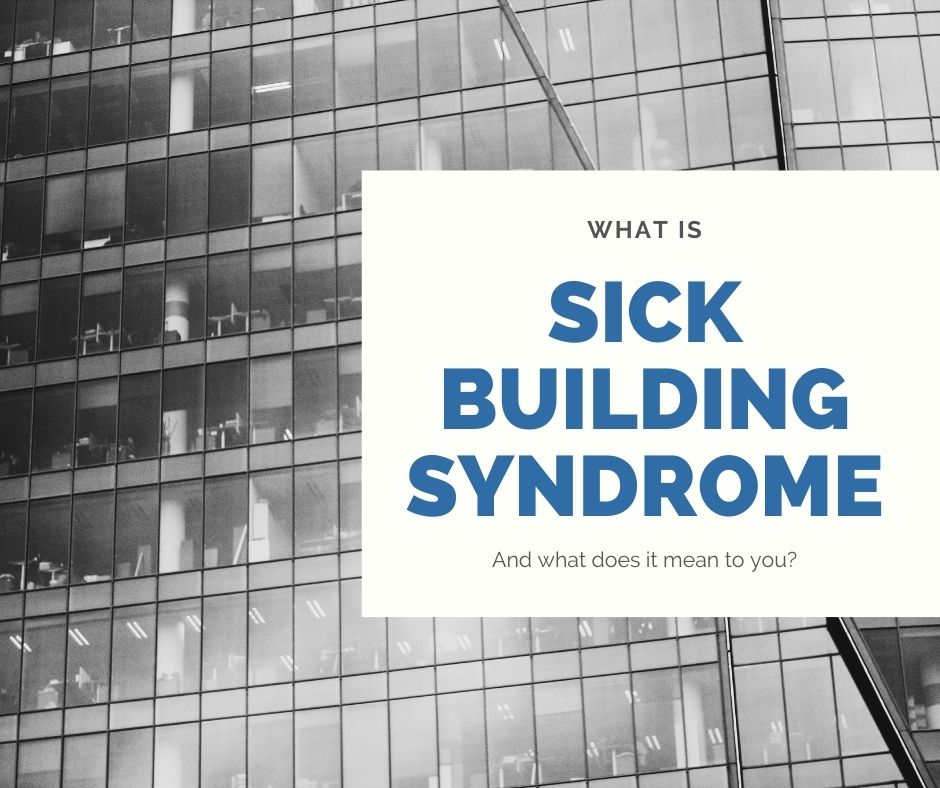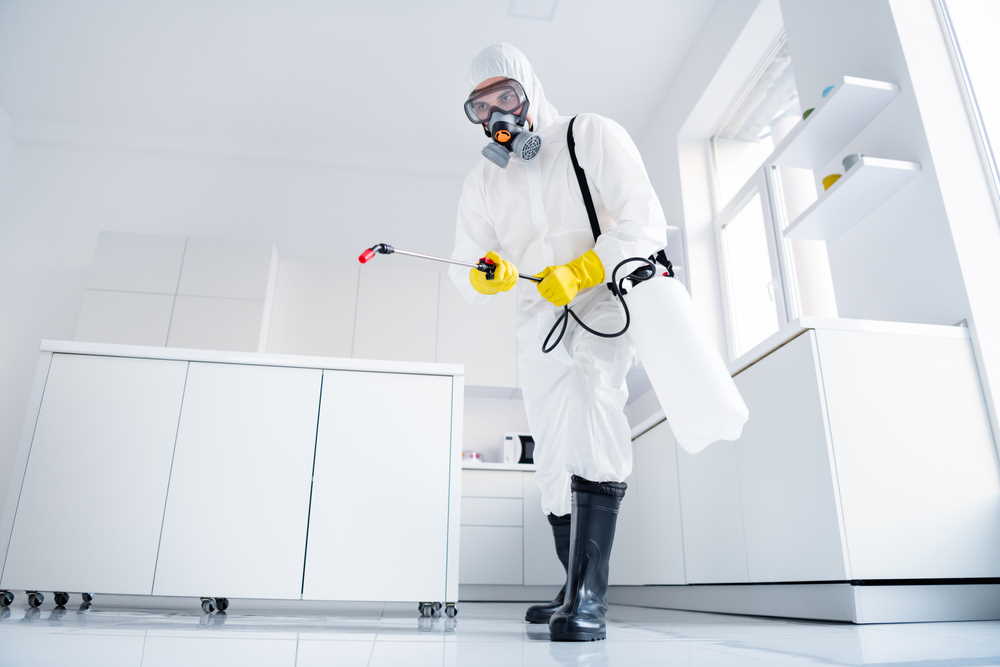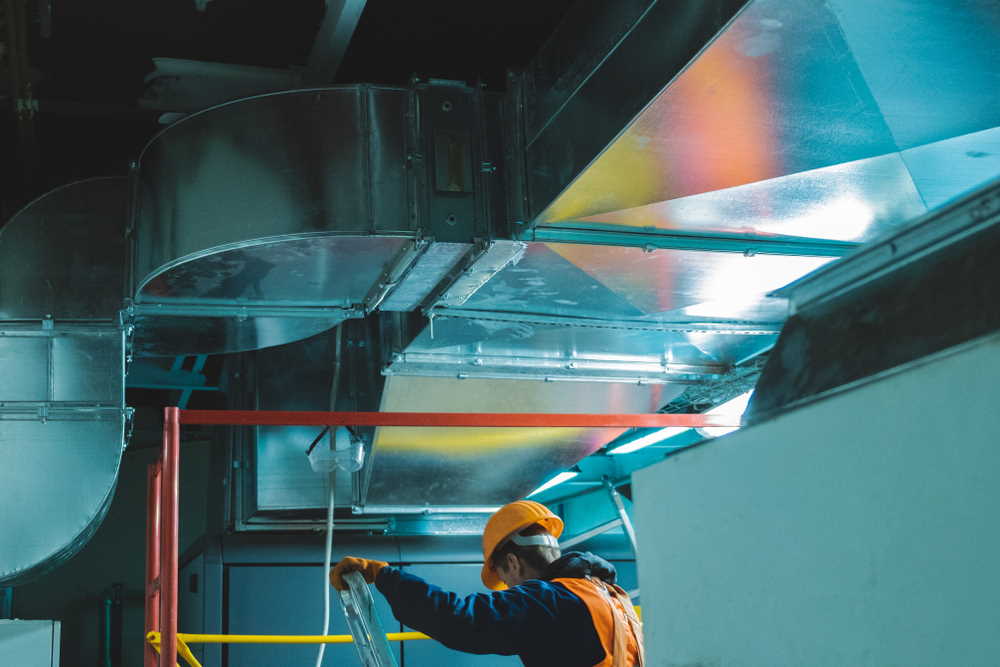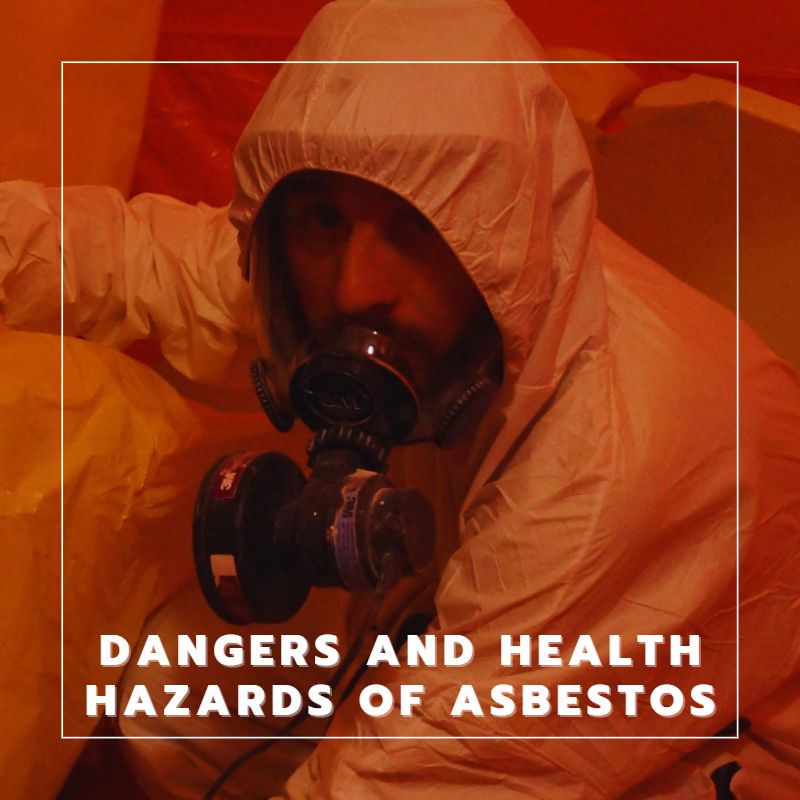Sick building syndrome is the latest phenomena in today’s medical world. It is used to describe those who suddenly face an illness from being exposed to a building for so long. Mainly, the person needs to have been inside of a building to get this new mystery illness.
Some studies have been conducted by scientists and the medical community in Nordic countries across Europe. Doctors have been heavily involved with numerous patients who have reported issues of breathing difficulties. These conditions appear to have their roots in mould and mildew allergies, and people who have lived in homes for over thirty years have reported their sudden onset.
Yet doctors are baffled, and some have even gone so far as to theorize that the reported symptoms are “imaginary.” As a consequence, they have referred their patients for psychiatric services, and as a result, some have been hesitant to seek any type of medical treatment.
But the answer appears to be right under the nose. In more humid climates, mould can grow and multiply at an exponential rate, and this commonly occurs inside buildings where most people spend the vast majority of their time. In fact, it is estimated that most spend roughly 80-90% of their time indoors. As the weather approaches winter, this amount increases. Hence the rapid transmission of viruses.
But one thing is certain: Viruses and allergens are airborne entities, which means that they can be transmitted in the air through droplets. Simple talking is known as a risk, especially with the coronavirus still in full swing. When you speak, tiny droplets disperse through the air, where they can linger for as long as three hours. Even with people who show no symptoms, this is a real and legitimate concern.
Masks, hand washing, and social distancing protocols are only a part of the equation. Considering how airborne droplets can travel through the air ducts and into the next host body is alarming for doctors. Areas with poor ventilation are the worst disease hot spots with anything airborne, even common colds and the flu. Hot and cold air travel rapidly through the ducts, bringing germs and allergens right along with it.
So how would this tie into sick building syndrome? One school of thought is that any kind of airborne illness can travel very rapidly. Air appears to be more contained, more recycled, than if business or a meeting were to be conducted outdoors. That said, there are ways to reproduce this effect while we’re indoors. The best solution lies in quality air duct cleaning.
To staunch the spread of an airborne illness, it is highly recommended that you have your air ducts cleaned at least once every three to five years. But with recent events, this may need to be changed. A good part of sanitation efforts should include having ductwork properly cleaned and even sanitized more frequently.
A good suggestion for public areas such as schools and businesses is to have ductwork cleaned at least once a year. Clearing out the debris is one way to start the process. School vacation times are perfect for a professional to assess the indoor air quality and begin deep ductwork cleaning. Even sending employees home for remote work while deep cleaning the ducts can be a major help. With the rise in breathing issues and airborne illness, these efforts should be done more often.
Clean air is for everyone to enjoy. It can increase the likelihood of being able to leave our homes and be out in the community with others. Perhaps more frequent ductwork cleaning can be a greater part of the “new normal.”. Contact us today to give care to your air.






